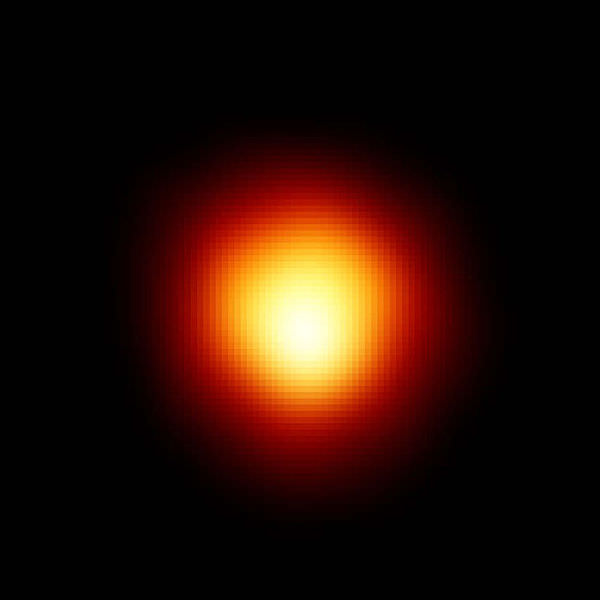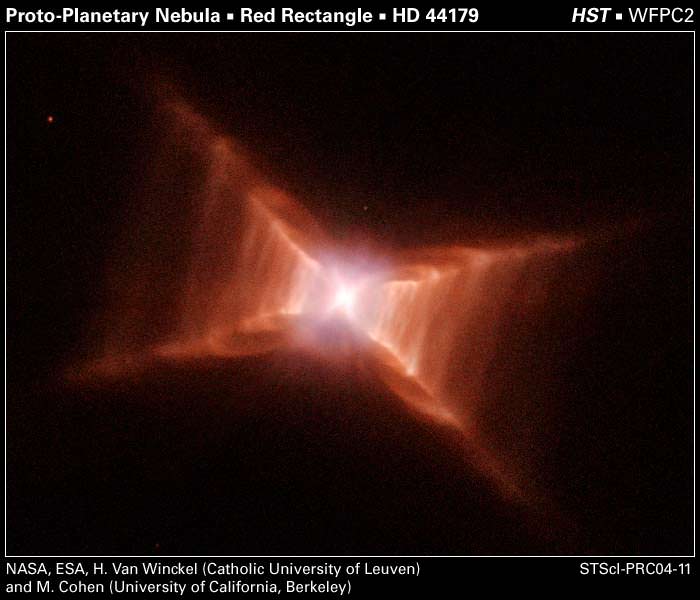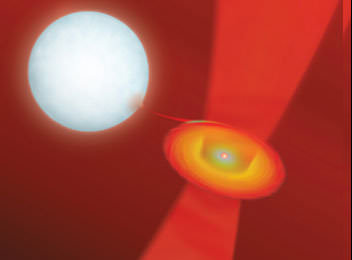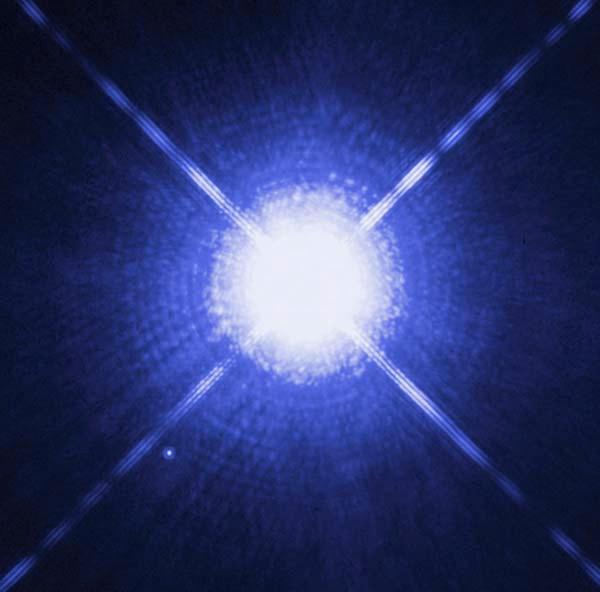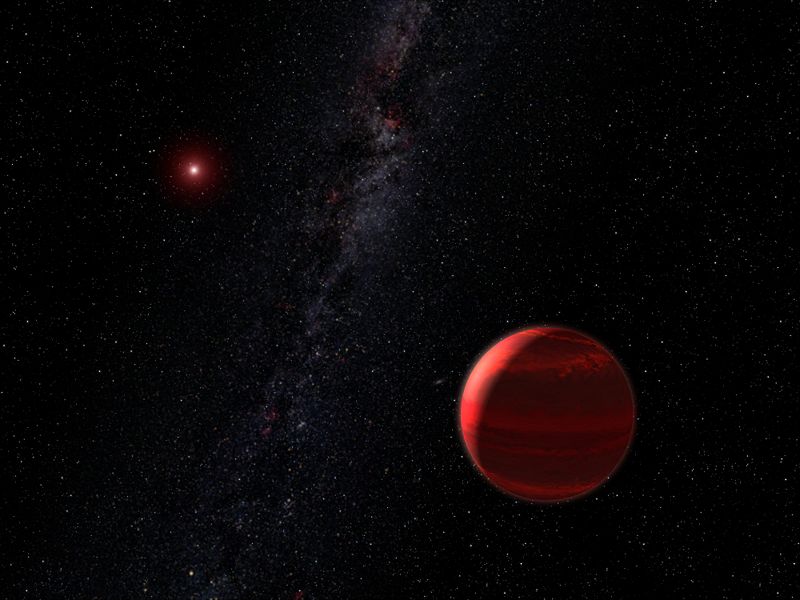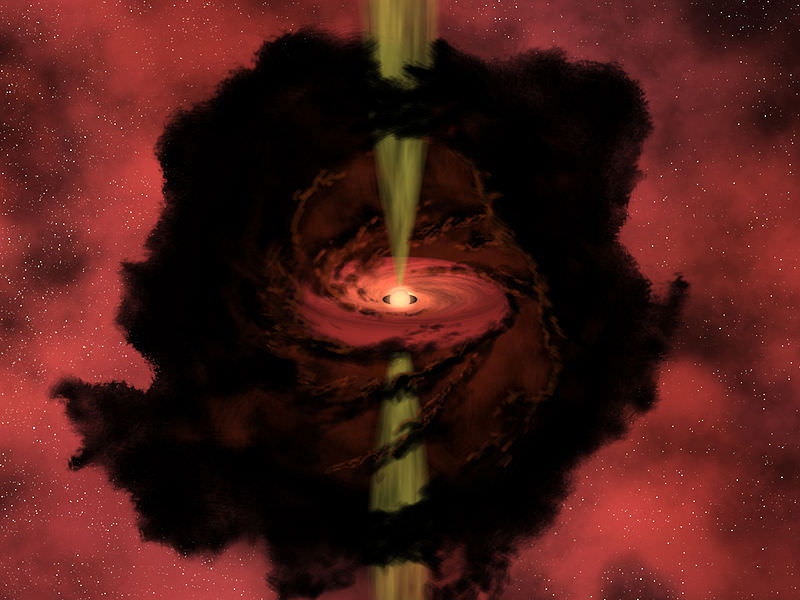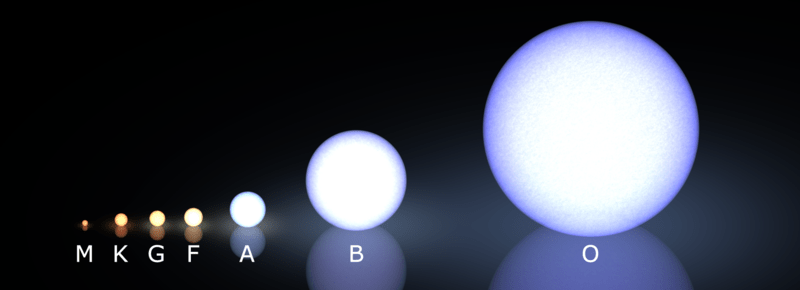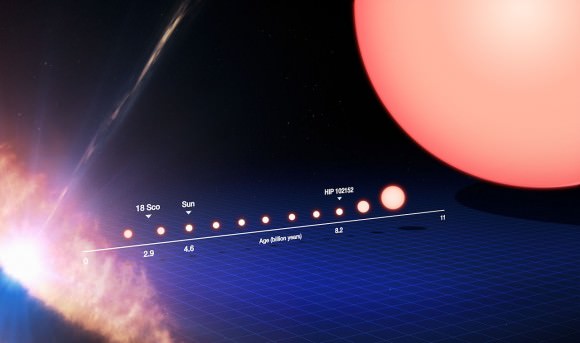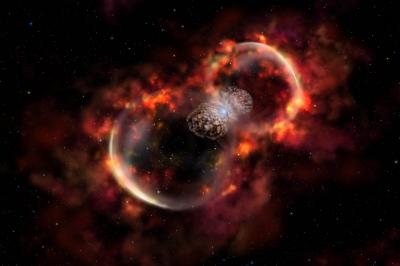[/caption]
The color of a star comes from the temperature of its surface. The hottest stars are blue, cooler stars are white and yellow, and the coolest stars of all are red. Red stars come in one color, but many different shapes and sizes. Let’s take a look at the different kids of red stars that are out there in the Universe.
First, let’s talk about temperature. As I mentioned above, the color of a star comes from its surface temperature. A star that emits mostly red light will have a surface temperature of about 3,500 Kelvin. Just for comparison, the Sun’s surface temperature is about 6,000 Kelvin and emits yellow/white light.
Red Dwarf Stars
The first kind of red stars are red dwarfs. These are actually the most common stars in the Universe. The smallest red dwarf stars can be 7.5% the mass of our Sun, and be as large as about half the mass of the Sun. Even a star with this little mass has enough temperature and pressure at its core to carry out nuclear fusion. This is where atoms of hydrogen are fused into atoms of helium; this process releases lots and lots of heat.
Red dwarfs generate much less energy than a larger star like our Sun. In fact, a red dwarf emits 1/10,000th the energy. Even the largest red dwarf only has about 10% of the Sun’s luminosity. Red dwarfs use their hydrogen fuel slowly and so they last a very long time. It’s believed that a red dwarf star could survive for 10 trillion years.
Red Giant Stars
Stars like our Sun spend most of their lives as main sequence stars with a surface temperature that’s much hotter than a red star. But at the end of their lives, when they have used up all their hydrogen fuel, these medium-sized stars will puff out much bigger than their original size – these are red giants. When our Sun becomes a red giant, it will expand out to encompass the orbit of the Earth. After a few hundred million years, it will puff its outer layers and become a white dwarf star.
They start out as regular stars, but they grow to such an enormous size that their heat is spread out across a much larger surface area. This is why they appear very bright, but still have a red color.
Red Supergiant
The biggest stars in the Universe are the red supergiants. They’re not the most massive; Betelgeuse, for example, only has about 20 times the mass of the Sun. But the largest red supergiants can expand out to be more than 1500 times the size of the Sun. Imagine a star that engulfed the orbit of Saturn! Just like the red giants, red supergiants occur when a star has used up the hydrogen fuel in its core, and then expand out during their helium-burning phase. Red supergiants will have the mass to continue fusing elements in their cores, all the way up to iron.
Stars probably only exist as red supergiants for a few hundred thousand years; a million at most. At the end of this period, the star will have used up all the fuel it can in its core; most will detonate as Type II supernovae.
We have written many articles about stars here on Universe Today. Here’s an article about a planet surviving when its star became a red giant, and here’s a deathwatch on a red giant star.
Want more information on stars? Here’s Hubblesite’s News Releases about Stars, and more information from NASA’s imagine the Universe.
We have recorded several episodes of Astronomy Cast about stars. Here are two that you might find helpful: Episode 12: Where Do Baby Stars Come From, and Episode 13: Where Do Stars Go When they Die?
References:
http://www.telescope.org/pparc/res8.html
http://en.wikipedia.org/wiki/Red_giant
http://en.wikipedia.org/wiki/Red_dwarf

